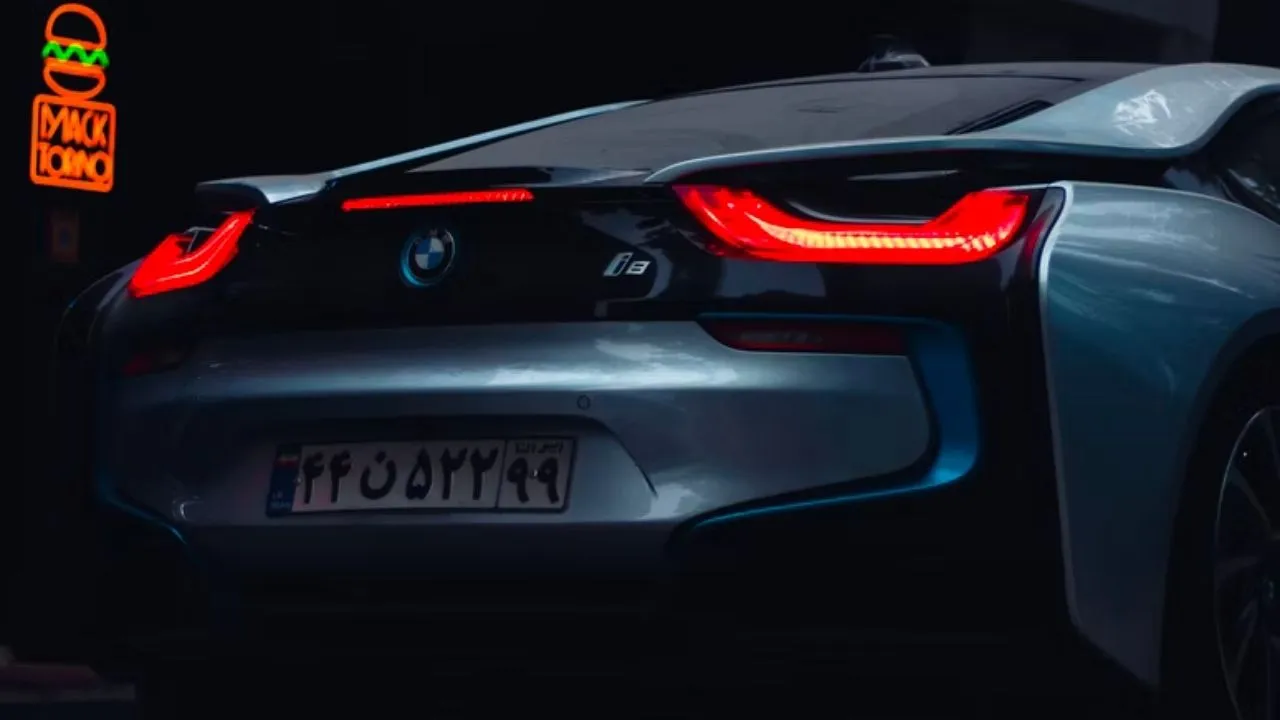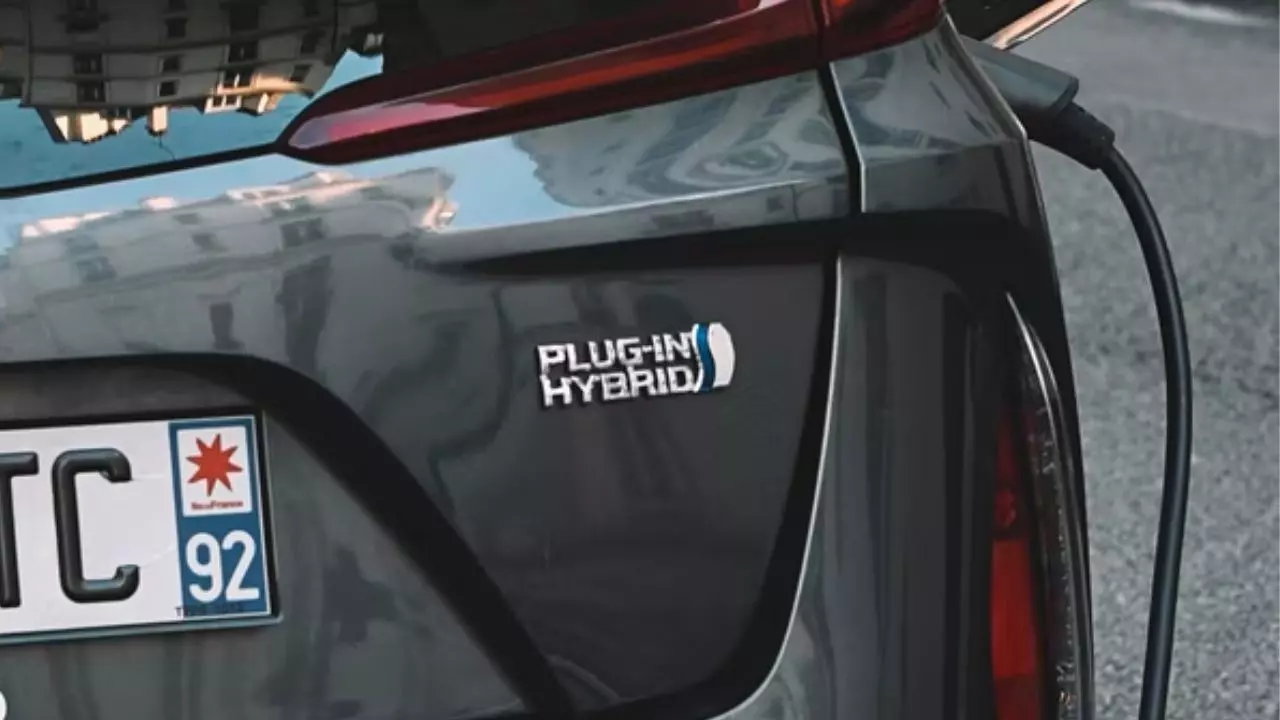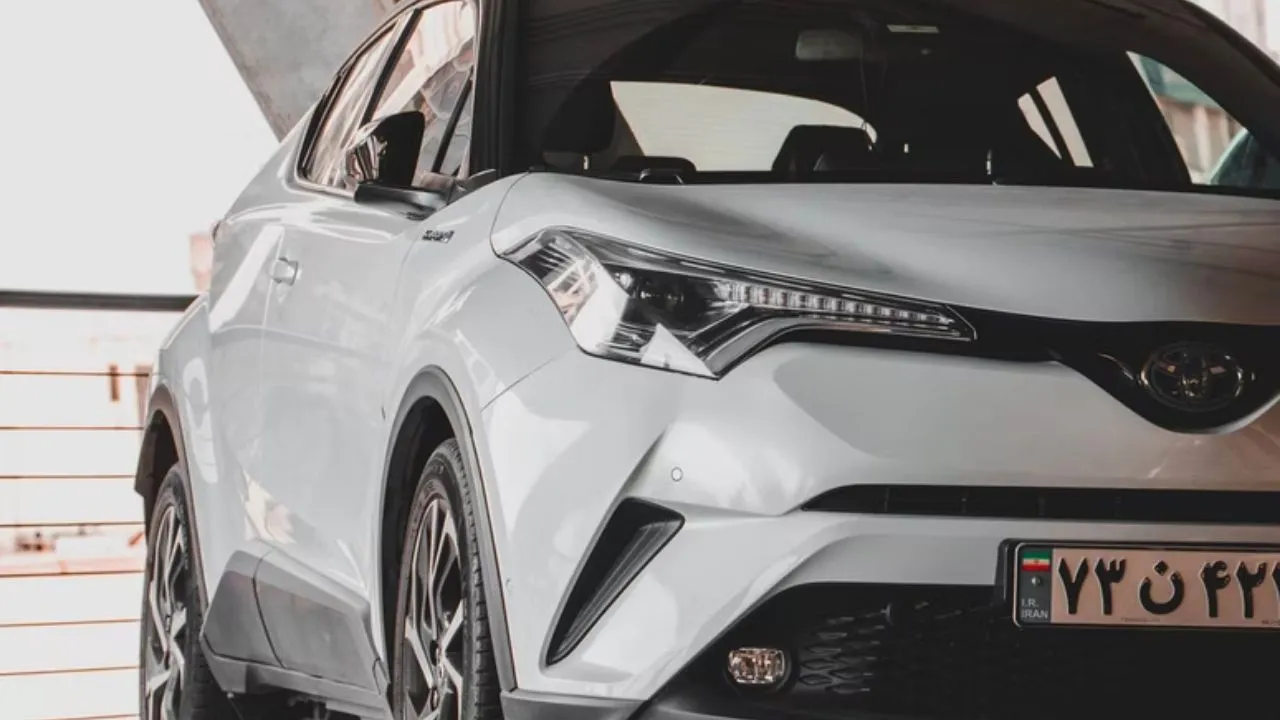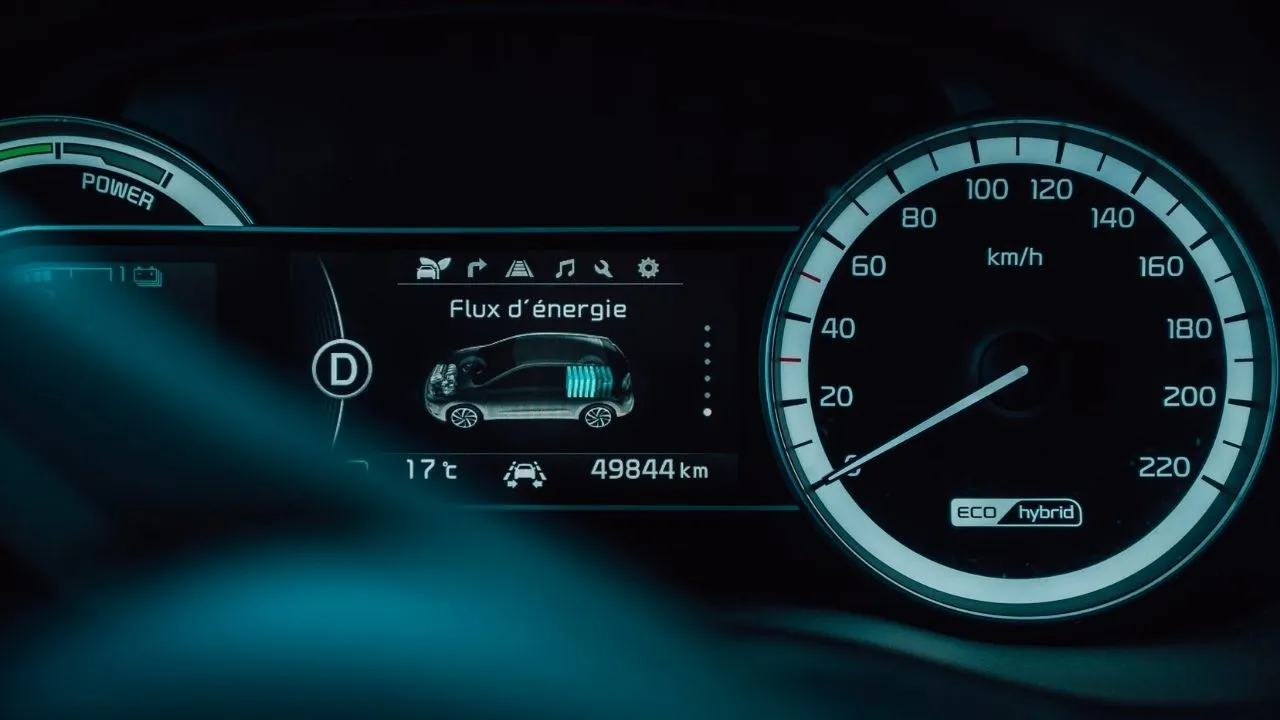Hybrid cars have been a game-changer in the automotive world, blending the efficiency of electric power with the range of traditional fuel engines. But one question often lingers in the minds of eco-conscious drivers and tech enthusiasts alike: “How far can a hybrid car go on battery alone?” Let’s buckle up and dive into the world of hybrid car battery ranges, where we’ll merge expert insights with a sprinkle of humor, just like how hybrids merge electric and fuel power.
The Heart of the Matter: Hybrid Battery Capacities

Hybrid cars are marvels of modern engineering, featuring batteries that are more like marathon runners than sprinters. Unlike their all-electric cousins, hybrids don’t rely solely on their batteries; they’re more like a tag team with the internal combustion engine. But when it comes to battery-only range, these vehicles can be quite the enigma. The capacity of a hybrid’s battery varies widely based on the model and make. Some can only muster a few miles, while others can confidently stride into the 30-40 mile range. It’s like comparing a one-hit-wonder to a chart-topping pop star – both have their merits, but their staying power varies greatly.
For instance, the 2023 Toyota Prius Prime now shines brighter in the hybrid arena with its enhanced capability. Thanks to its larger battery pack, the Prius Prime can cover an impressive distance of up to 44 miles on battery power alone. This significant improvement positions it as an ideal option for those who prioritize extended electric range for their urban and suburban journeys.
Driving Conditions: More Than Just a Number
The distance a hybrid car can travel on battery power isn’t just a fixed number – it’s influenced by factors as varied as your playlist on a long drive. Speed, driving style, and even the weather play a role. For example, at a steady speed of around 50 km/h, a hybrid might stretch its legs further on battery power alone, but crank up the speed, and you might see the battery’s range shrink faster than your enthusiasm for a traffic jam.
The link between driving conditions and battery efficiency is crucial. Just like how a carefully curated playlist can transform a mundane drive into a mini-concert, smart driving habits can significantly extend a hybrid’s battery range.

Hybrid Technology: The Evolution of Efficiency
Hybrid technology has come a long way, baby. Modern hybrids are more than just fuel sippers – they’re the Swiss Army knives of the automotive world. The evolution of battery technology and energy management systems in hybrids has been nothing short of phenomenal. Today’s hybrids are smarter, more efficient, and better at managing the dance between electric and fuel power. It’s like comparing a flip phone to a smartphone – both make calls, but the latter does so much more.
For example, the advancement in regenerative braking technology has turned stop-and-go traffic into a battery-recharging fiesta. Every time you hit the brakes, it’s not just stopping power; it’s power going back into the battery, like a financial guru turning a market downturn into an investment opportunity.
Real-World Ranges: What to Expect on the Road
So, let’s talk turkey – or, in this case, range. In real-world conditions, expect your hybrid to deliver anywhere from a modest 10 miles to an impressive 40 miles on battery alone, depending on the make and model. It’s like expecting a surprise in every pack of trading cards – some might be just nice, while others can be real gems.
Meanwhile, the Honda Clarity Plug-in Hybrid stands out as a powerhouse in the hybrid segment. With its small but efficient battery pack, the Clarity Plug-in Hybrid offers an exceptional 47 miles of pure electric range. This substantial range makes it a top pick for drivers seeking a hybrid car that can handle longer electric-only drives, blending environmental consciousness with practicality for everyday use.

Hybrid Cars and Long-Distance Driving
Now, let’s connect the dots to something a bit more expansive. In a previous article on our blog, “Are Hybrid Cars Good for Long Distance Driving?” we explored the suitability of hybrids for those marathon journeys. This piece delves into the efficiency and practicality of hybrids on longer trips, complementing our discussion on battery ranges.
So, there you have it – a whirlwind tour of hybrid car battery ranges. Just like a good hybrid, we’ve tried to give you a blend of solid information with a bit of light-hearted banter. Whether you’re considering a hybrid for short hops or long hauls, knowing the ins and outs of battery range can make your decision a lot easier – and hopefully, a bit more fun too.
